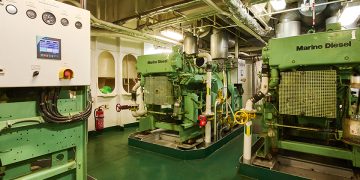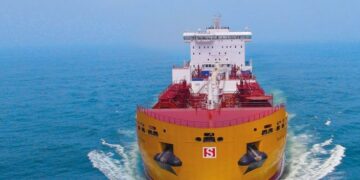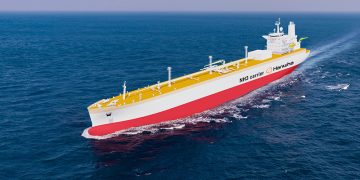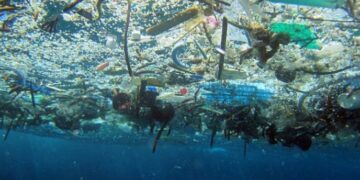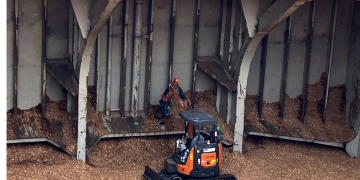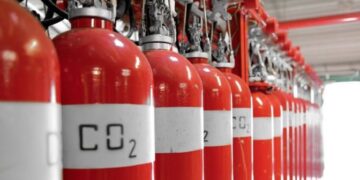Japan P&I Club issues LP Bulletin on cranes operations and reasons for failures The Japan P&I Club has issued Loss Prevention Bulletin on cranes to provide guidance regarding their inspections, maintenance and operation in order to prevent incidents involving damage to a crane.Cargo handling cranes, commonly pedestal mounted jib cranes, are fitted on board most handy-size bulk carriers, most general cargo ships and some other smaller or larger bulk carriers. These cranes appear to be fairly robust units which will continue to work when only a minimum of maintenance is carried out, but, in fact, they are highly complex pieces of machinery which incorporate numerous components manufactured to very fine tolerances, all of which must function correctly throughout a working period for the crane, as a unit, to be operated as the manufacturers intended. The cranes should be properly maintained, and should be inspected at specified intervals to ensure that they operate correctly and safely. Additionally, all other equipment used in association with a crane should, likewise, be properly maintained and should be inspected as appropriate. If the equipment is not in the appropriate good condition, failures are likely to occur during cargo operations.Any failure of any part of the ...
Read more





